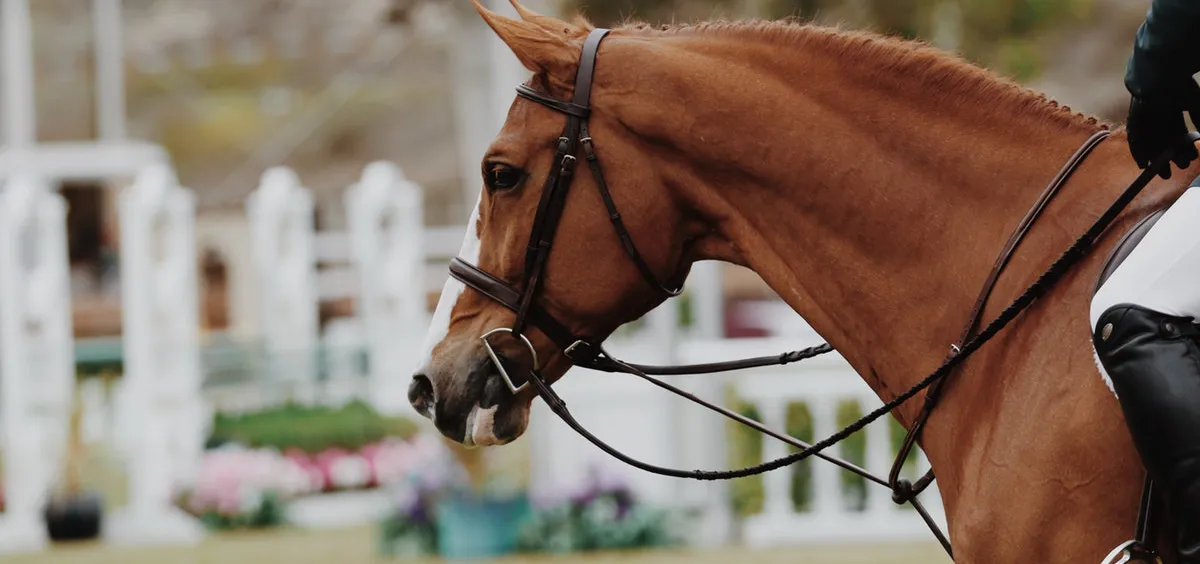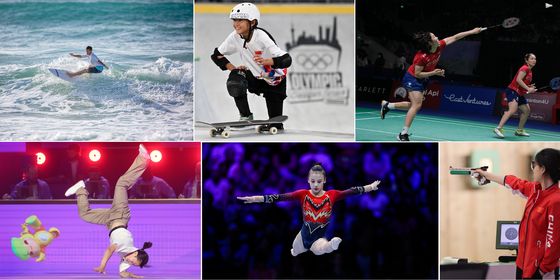China gets a horse in international racing, as investors at home hope for relaxed gambling regulations
When Justify won the Belmont Stakes in New York last month, he became the 13th horse to be awarded the illustrious Triple Crown. While most of the Twittersphere resounded in congratulations for Team Justify, there was also some confusion—and even anger.
It was prompted by an unusual decision: At the last minute before the race, Justify’s jockey changed into a red shirt and red helmet with yellow stars, that looked uncannily like the Chinese flag.
It turned out that America’s new Triple Crown darling was partially owned by the China Horse Club, an organization noted by its typically meteoric rise into this expensive sport, as well as its overall secrecy. The club’s public face is Teo Ah King, a Malaysian-Chinese architect-turned-entrepreneur with Fujian ancestry. The nascent club also makes use of a plethora of Western faces for promotional purposes, including John Warren, the Bloodstock Advisor for HRH Queen Elizabeth II.
Sounding vague on other details, Eden Harrington, VP of China Horse Club, told The New York Times that the club has over 200 members throughout China and the world. Harrington did not confirm previous reports that each membership cost 1 million USD, but rather stated that there were different “membership tiers.”
Teo also told the NYT that he wants to protect the privacy and reputation of China Horse Club’s members in the light of recent anti-corruption campaigns in China. Many wealthy Chinese are extra-cautious about spending money publicly in ways that may be viewed as excessive. Tracking down the ownership structure also proved difficult for the paper, which reported that the China Horse Club is, in fact, an intricate network of companies in China, Hong Kong, Singapore, and the Cayman Islands.
The international racing industry, though, appears to be looking forward to China Horse Club’s rise, in spite of its shadowy nature. As WinStar Farm’s President and CEO, Elliott Walden, told the media in regard to the jockey’s controversial change of clothes at the Triple Crown (a taboo, too, according to racing superstition), “Quite honestly, I’m excited to see [Justify] run in the China Horse Club silks. I think China’s going to be watching. And if China’s watching, who knows what could happen in horse racing.”
China Horse Club’s rise is precipitated by a new, cooperative trend in the ownership structure of racehorses, perhaps making the global industry more enthusiastic for a wealthy investor’s involvement. A racehorse was typically owned by a single individual or company, but now they are being purchased through partnerships. Justify’s ownership included several seemingly unlikely partners: the thoroughbred powerhouse WinStar Farm (60 percent); China Horse Club (25 percent); and the SF Racing Group, an entity controlled by billionaire George Soros (15 percent).
Many in the industry are hoping that China, especially its newly-ascended millionaires and billionaires, might be the next market for racing. However, there is one major challenge: gambling in China is illegal, and racing without betting does not lend itself to a sustainable business model.
Investors in China have tried—and failed—before to create a business model which does not incorporate gambling (at least in the strictly legal sense).
The former Beijing Jockey Club was perhaps the most notorious fiasco. Hong Kong businessman YP Cheng invested an estimated 100 million USD in three racetracks in Tongzhou district in the early 2000s, believing that the Chinese government would eventually loosen gambling regulations. Instead, within just a few years, he found his business floundering and, according to The Guardian, had to euthanize up to 600 horses.
Though the tragedy of the Beijing Jockey Club is infamous, many investors and racing enthusiasts are still drawn by the expectation of an onslaught of profits if China’s ban on gambling is ever overturned. As noted by Forbes, only 60 races occur in China each year; this is a small number compared to the 740 races at the Hong Kong Jockey Club, where gambling is allowed.
Last December, hopes rose once again with the news of President Xi Jinping’s plan to establish Hainan as the largest pilot free-trade port in China, with the ultimate goal of having the island compete with Hong Kong and Macau for both domestic and international tourism. Xinhua News Agency noted that the plan included “explor[ing] the development of sports lotteries and instant lotteries on major international events,” which set up speculation about the development of casinos like those in Macau.
What perked racing enthusiasts’ ears most was that, in its report on the plan, the Hainan government was also urged to develop equine sports. Putting the idea of a “lottery” and “equine sports” together, many have jumped to the conclusion that legalizing gambling on racing is just a matter of time.
However, they may have jumped the gun. Caixin Global noted that discussion of the development of a “lottery” and “equine sports” were located in different sections of the report. In other words, the government did not explicitly say or even suggest that it would lift the gambling ban. Earlier this month, following Justify’s (and China Horse Club’s) victory at the Belmont Stakes, the Global Times published an article noting that Hainan’s governments have “banned horse-related companies from registering” on the island, potentially to prevent gambling bubbles in the economy. Local enterprises, though, believe that they can still wait to get a foothold in the Chinese market.
Oil sheiks and billionaires are already cliches in the thoroughbred racing world. It now looks like China’s yellow stars will be more and more common too—even if the Chinese do not have many opportunities to be in the Winner’s Circle at home.












